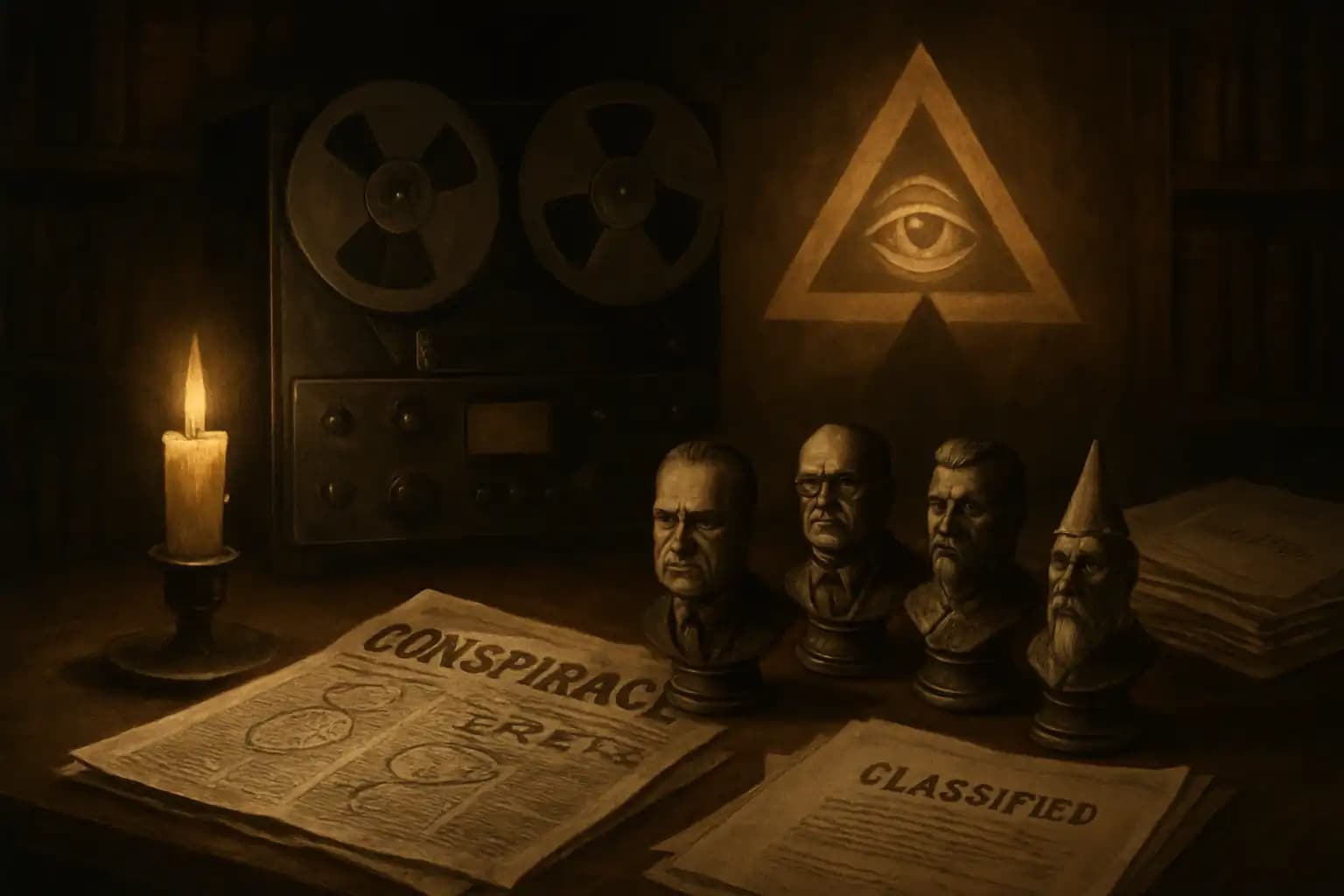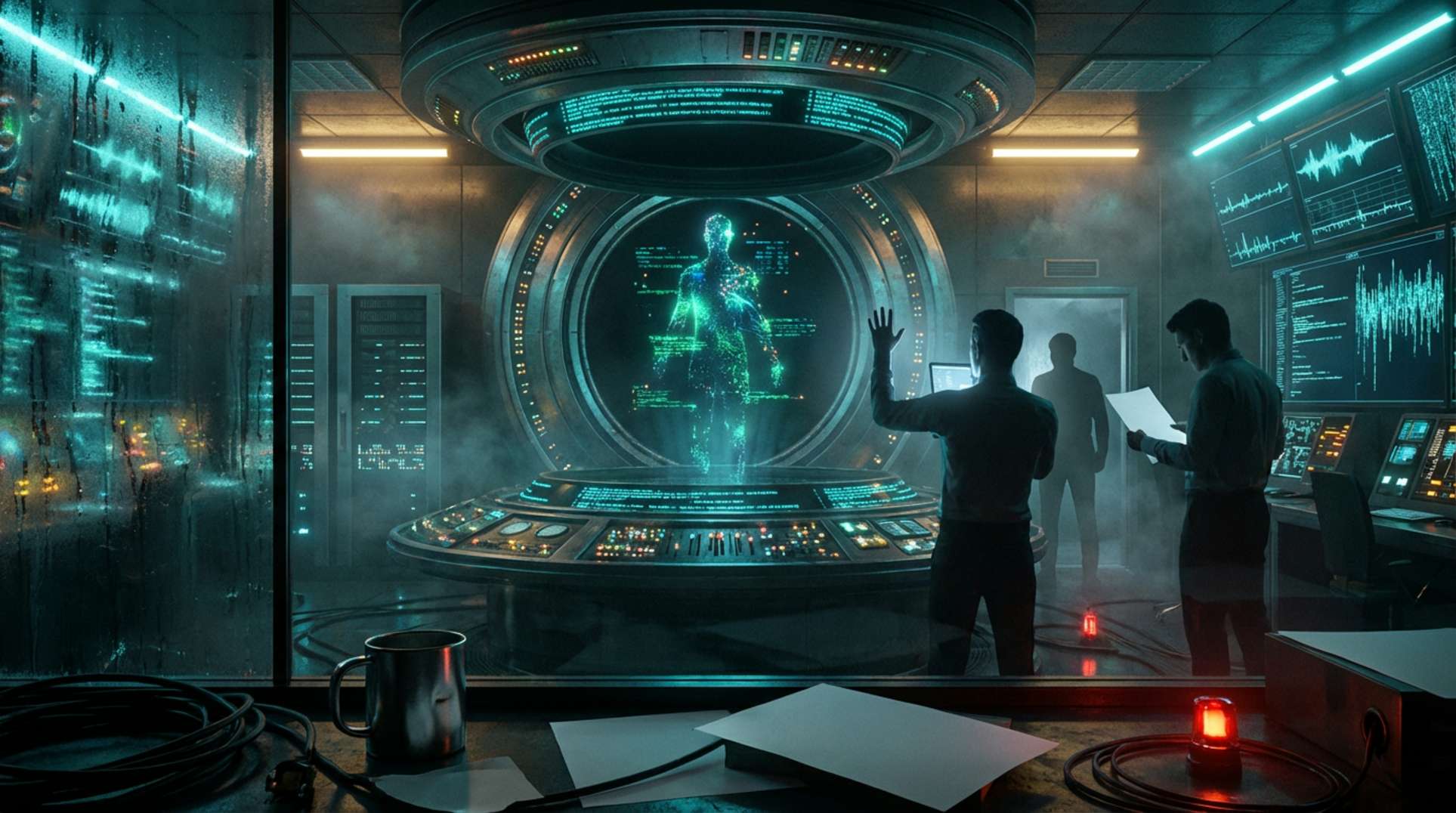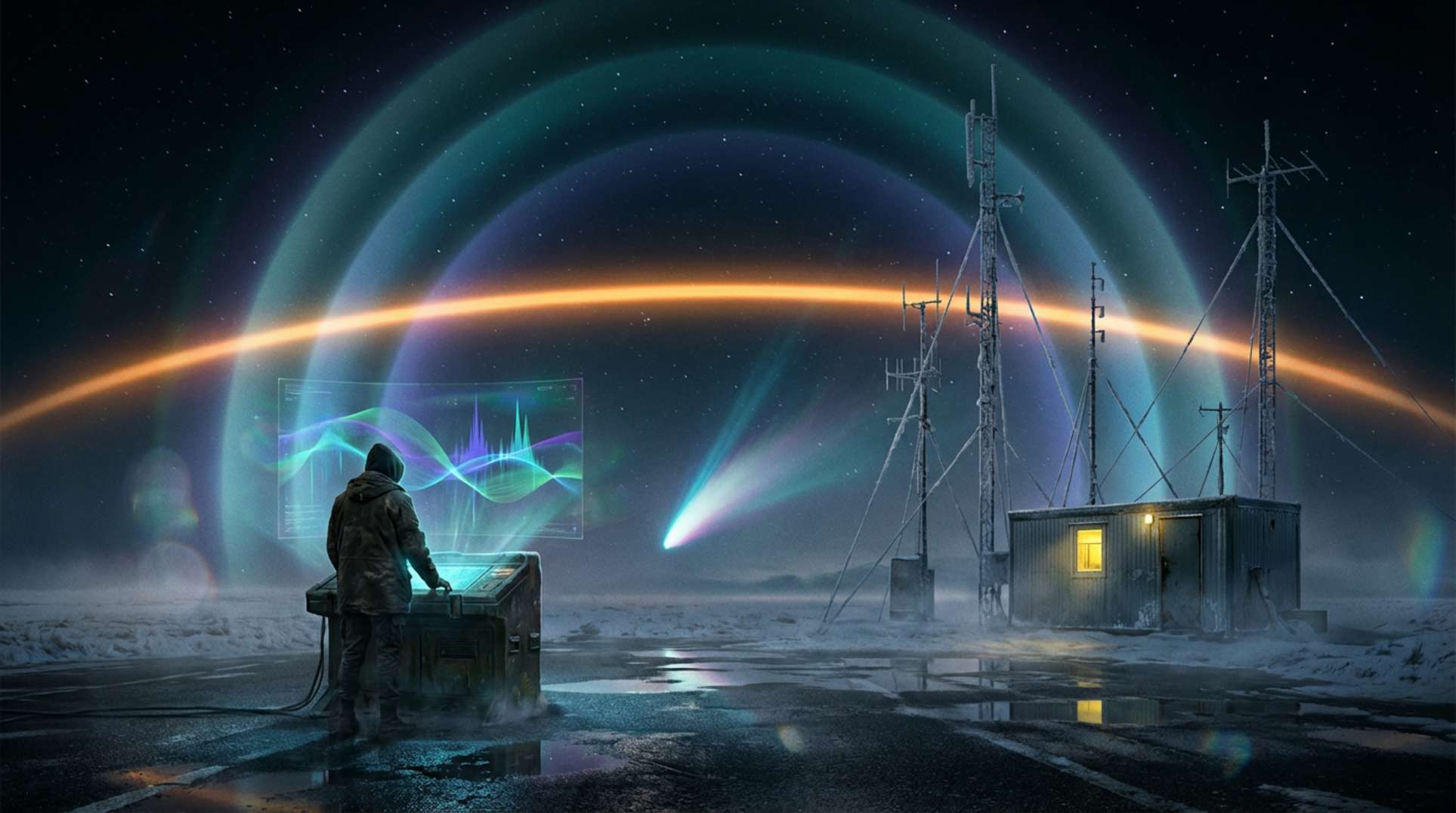Imagine a tape so controversial that it continually stirs panic, fascination, and furious online debate over half a century after recording. In 1967, Hollywood screenwriter Myron C. Fagan aired an exposé that became the Rosetta Stone of Illuminati conspiracy lore. If today’s global events make you wonder about a scriptwriter behind the chaos, Fagan’s “End Times” broadcast is the paranoid prophecy you never knew you needed.
Fagan claimed privileged access to classified documents and didn’t mince words. He painted a sweeping panorama of shadowy elites—the Illuminati—who manipulated history from the French Revolution to world wars. He traced their influence through organizations like the Council on Foreign Relations, governments, and banks. Fagan argued these shadow brokers engineered global disorder for centuries to create a New World Order that would collapse nations and rewrite reality. Disregard him as a crank or heed his tape as a warning; the echoes are impossible to ignore in an era of heightened skepticism toward power. Each new leak, such as recent whistleblower bombshells, fans the embers of unrest.
The Illuminati in Modern Myth and Reality: Fagan’s Legacy
So, who or what are the Illuminati? Are they clandestine puppet masters, a cautionary fairy tale, or projections of society’s anxiety and mistrust of authority? Historically, the original Bavarian Illuminati, founded in 1776 by Adam Weishaupt, was a real Enlightenment-era secret society aiming to root out superstition and corruption (Wikipedia background). However, public fervor and conservative outrage swiftly led to their outlawing. The Illuminati’s mystique only grew post-ban. Suddenly, revolutions or disruptions, from empires’ collapses to modern economic disasters, could be woven into their myth. Today, conspiracy theorists link these “enlightened” plotters with world-changing events, much like Fagan’s tape decades ago. Meanwhile, mainstream commentators wrestle with how much control shadowy organizations could exert on our future.
From French Revolution to the Council on Foreign Relations: Plot or Pattern?
Central to Fagan’s warnings is the idea that the Illuminati infiltrated powerful organizations—none more infamous than the Council on Foreign Relations (CFR). He portrayed the CFR as the Illuminati’s U.S. beachhead, a think tank camouflaging a gateway to international manipulation. This narrative resonates in digital echo chambers and docuseries, sparking fears of coordinated world events by clandestine networks. Yet, media outlets and organizations often dismiss these claims as unfounded speculation (contextual analysis). Still, the drive to connect dots between finance, geopolitics, and shadow institutions never dies—surfacing in modern concerns over government secrecy, black operations, and espionage as detailed in this exposé or new strategic risk narratives.
Predicting Global Upheaval: Did Fagan See the Future, or Just Amplify Anxieties?
Did Fagan accurately predict today’s crisis-wracked world, or did he merely amplify Cold War anxieties and the suspicion that elites pull the strings? His 1967 predictions—ranging from currency crises to manufactured wars—sound hauntingly familiar. This similarity fuels their viral afterlife. But we must ask: Are these claims uncanny foresight, or do they tap a deeper human fear that chaos is orchestrated? Epic cycles of turmoil and reset recur throughout history, as explored in analyses of American decline and cosmic paradigm shifts.
This perpetual tension—the gap between randomness and plan, accident and conspiracy—keeps tapes like Fagan’s alive. Social distrust, high-stakes global brinkmanship, and technological advances breathe new life into fears of centralized, unseen command. Those looking beyond face-value news find the echoes of a master plan—real or imagined—amplified by fresh leaks and unsolved mysteries chronicled here.
The Enduring Appeal—and Peril—of Illuminati Conspiracy Theories
Whether Fagan was a Cassandra or a charismatic ringmaster of paranoia, his 1967 broadcast reflects today’s world. We live in a society captivated (and sometimes consumed) by suspicion, narrative, and the allure of forbidden knowledge. Disinformation, hybrid warfare, and ideological polarization heighten the stakes of believing in an omnipotent cabal. But they also spotlight a danger: when myth outpaces reality, public trust erodes, and real threats get lost in the fog.
For new generations seeking truth—or fuel for viral myths—the shadow of the Illuminati endures. It remains a cipher for unexplained power or a warning to trust but verify. For a running dossier on modern mysteries, check Unexplained.co. After all, if there really is a script, someone must be updating it with every twist in history.





